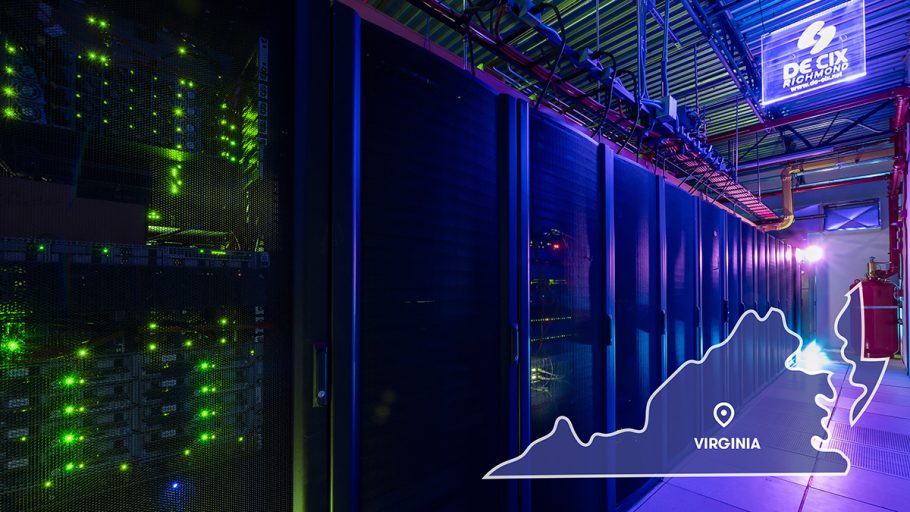As someone actively engaged in operating a small regional data center in Richmond, Virginia, I have observed and been part of the remarkable evolution of our local Internet ecosystem. Over the past several years, I’ve witnessed a dynamic development that has expanded from the Tier 2 market into the surrounding Tier 3 and 4 markets.
Virginia continues to have a steady stream of new residents, all of which have high expectations for the quality and reliability of their Internet connectivity, leading to a massive need for increased connectivity and speeds in developing areas. Few places in the country have been as integral to the rapid expansion of fiber connectivity as the Northern Virginia area, yet less than 100 miles south of the ultra-dense area of connectivity, many families rely on cellular hotspots and metered connections to get to the global web.
A crucial aspect of the ecosystem I refer to encompasses the interplay of eyeballs, content, and networks. Numerous real estate developers in the region have noted that tenants in buildings prioritize Internet service over luxurious amenities. While the standard for building amenities has reached a saturation point, the Internet service has become the determining factor for the current generation of tenants who were born into a world where cell phones and laptops are second nature. Tenants know how to test connectivity from the latency, hop count and path, to the gaming server they are playing on. Including the connection into the apartment and whether it’s fiber or legacy copper cable.

The regional ISPs that are servicing the multi-tenant building and fiber-to-the-home providers are creating a massive amount of demand for content in the Tier 2, 3, and 4 markets. As traditional broadcast networks lose ground to streaming services, the quality of the network has emerged as a pivotal element in the ecosystem. Some examples that have made large impact on the regional traffic: Thursday Night Football in 2023 and multiple NASCAR races from broadcast over the air to Amazon Prime streaming starting in 2024. Also the Apple streaming of MLS (Major League Soccer) and Google delivering up the Sunday NFL ticket.
ABOUT THE AUTHOR
Scott K. Brown is President of the Pixel Factory Data Center, which resides in a regional Tier 2 market where growth is accelerating rapidly, just outside of Richmond, VA. The facility hosts new connectivity and data center builds with subsea cable passing through the region. The Pixel Factory’s niche market works with companies of all sizes and business sectors. Brown’s goal is to have this unique facility with exceptional personal on-site customer service.



